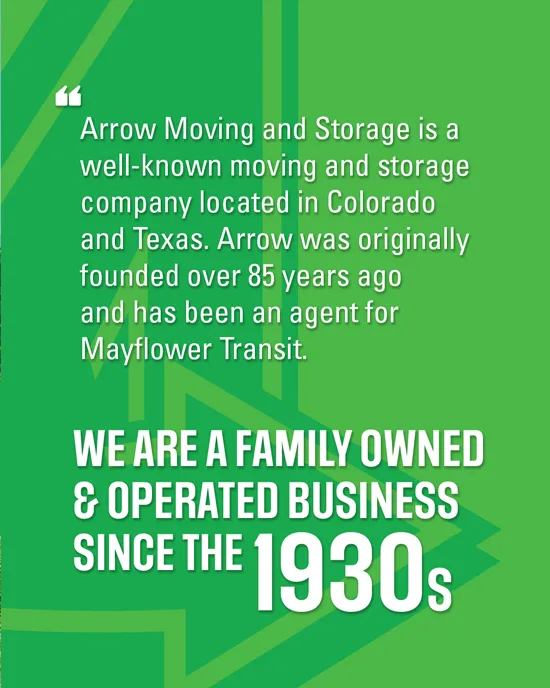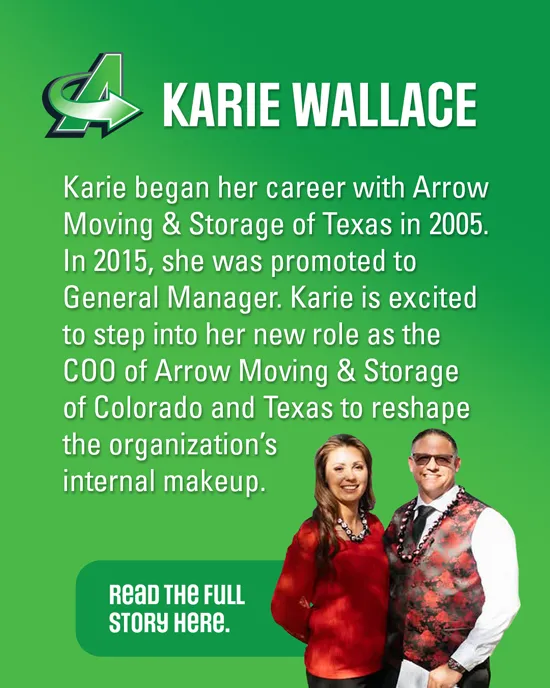Are you moving to a new city without a job?
Looking for a new job involves a lot more than sending around your resume. First, you’ll need to brush up on your interviewing skills, get creative about how you look for employment and devote enough time to make your search successful. Then, with a bit of work and dedication, you’ll take the next step in your career.
1. Network
To the extent that it’s possible, start building a network of people in the industries where you’d like to work. That may mean sending letters to recruiters at companies that you find attractive, or it could mean requesting informational interviews to learn more about what it’s like to work at a company. Establishing a network makes learning about positions easier and advertising your skills to the people recruiting for those positions.
2. Devote Time to the Search Every Day
Searching for a new job can start to feel tedious after a while. If you spend too much time on your job search every day, you could start to burn yourself out. Spending too little time on your job search — and the search could end up taking much longer than you originally planned.
To find a job in time to start paying bills, devote a certain amount of time to your job search every day. Some people might spend an hour or two to their search – others may spend three or more hours. Then, you decide what’s appropriate for you.
3. Sign Up for Job Alerts
Job alerts tell you as soon as a job becomes available that matches your skillset. Sign up for job alerts in your area, so you can be among the first to know when a new opportunity becomes available.
4. Put Your New Address On Your Resume
Once you’ve moved into your new home, put your new address on your resume. Having an old address far from the area where you’re trying to find a job might slow your search down.
5. Update Your Resume and Cover Letter With Relevant Information
Every time you apply for a new job, update your resume and cover letter to emphasize your skills for that job. Making small changes to show that you’re a serious candidate with relevant skills to do the job will help you get an interview – which gets you one step closer to finding a good job.
6. Be Ready to Interview
Have the interview skills and interview clothes ready all the time. Keep interview clothes on hand in your home at all times. Practice interviewing for positions, even if you don’t have an interview scheduled. Summarize your experience in front of the mirror – and if you have time, video record yourself answering practice interview questions so you can hear and see yourself as you would appear before an interview panel.
Moving? Contact a Reputable Moving Company Today
Are you relocating to a new city? Contact us to schedule your upcoming relocation today.





